Have you ever wondered why your cat suddenly bolts under the bed, hisses for no reason, or becomes unusually clingy? Cats may seem mysterious, but their emotional world is rich and complex. Spotting what sets off your feline friend’s emotions isn’t just fascinating—it’s essential for building trust and keeping your kitty happy. Let’s peel back the curtain on your cat’s inner life and discover what really makes them tick.
Understanding the Basics of Feline Emotions
Cats experience a range of emotions, from joy and curiosity to fear and frustration. Unlike humans, they don’t speak their feelings, but instead express them through body language, vocalizations, and behavior changes. Emotional triggers are specific events or stimuli that provoke a strong emotional reaction in your cat. Recognizing these triggers is like learning a new language—one that can deepen your bond and help prevent stress or behavioral issues. If you pay close attention, you’ll start to notice patterns in how your cat reacts to the world.
Reading Tail Language: More Than Just Wagging
A cat’s tail is like a mood barometer. A high, quivering tail often signals excitement or happiness, while a low or puffed-up tail may indicate fear or agitation. If your cat’s tail is flicking rapidly or lashing, they might be annoyed or overstimulated. Sudden changes in tail behavior can be key clues to emotional triggers. For example, a tail that droops when guests arrive could mean your cat is anxious about new people.
Recognizing Facial Expressions and Eye Signals
Cats communicate a surprising amount through their faces and eyes. Wide, round pupils can signal fear or excitement, while slow blinking often means trust and affection. A tense face, flattened ears, or narrowed eyes can reveal discomfort or anger. Observing these subtle cues during specific moments—such as before a vet visit or when the vacuum cleaner starts—can help you pinpoint what triggers certain emotions in your cat.
Observing Body Posture and Movements
A cat’s body posture tells a story. An arched back, puffed fur, and rigid stance usually signal fear or aggression. Conversely, a relaxed, sprawled-out pose means your cat feels safe. Watch how your cat moves in different situations. Do they crouch or freeze when hearing loud noises? Do they stretch out and roll over when you play soft music? These reactions offer insight into what makes your cat feel secure or threatened.
Tracking Vocalizations: From Meows to Growls

Cats are vocal creatures, and each sound carries meaning. A loud, insistent meow may signal distress or a demand for attention. Purring typically means contentment, but it can also occur when a cat is anxious or unwell. Hissing, growling, or yowling are clear signs of fear or annoyance. Pay attention to when these vocalizations occur—maybe it’s during a thunderstorm or when a stranger enters the room. These can be emotional landmines for your cat.
Identifying Triggers in the Home Environment
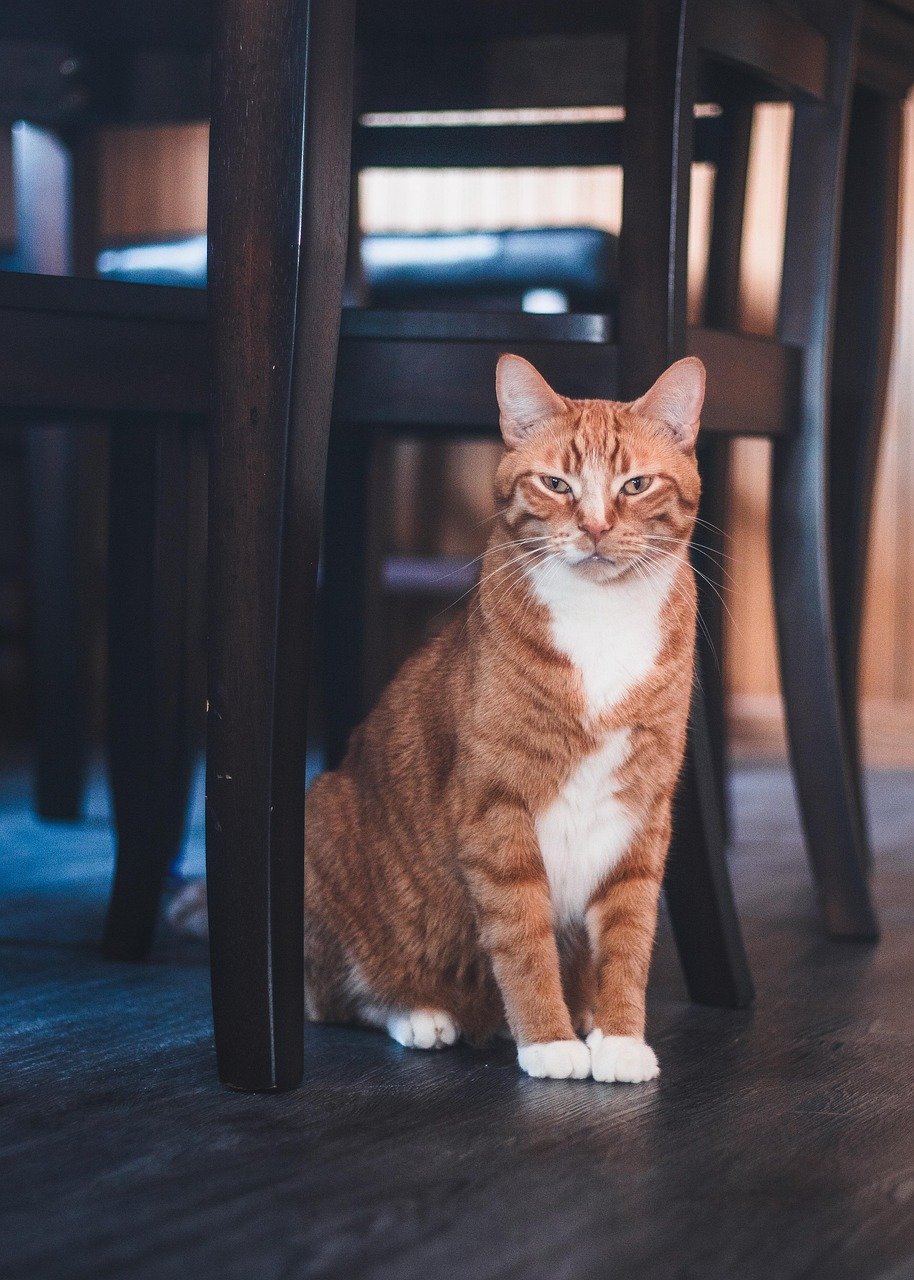
The home environment is filled with potential emotional triggers. Changes in furniture, new scents, or the arrival of another pet can all unsettle a cat. Even something as simple as moving their litter box can cause stress. If your cat starts hiding or acting out after a change at home, it’s worth considering whether their environment is the culprit. Cats thrive on routine and familiarity, so disruptions can be particularly triggering.
Recognizing the Impact of Strangers and Visitors
Many cats are creatures of habit who dislike surprises—especially in the form of unfamiliar people. Some cats may hide, while others might become defensive or vocal. Notice your cat’s behavior when guests arrive. If they slink away or refuse to come out, social gatherings might be a major trigger. On the other hand, some cats may crave attention from new faces, showing that not all triggers are negative.
Spotting Signs of Separation Anxiety
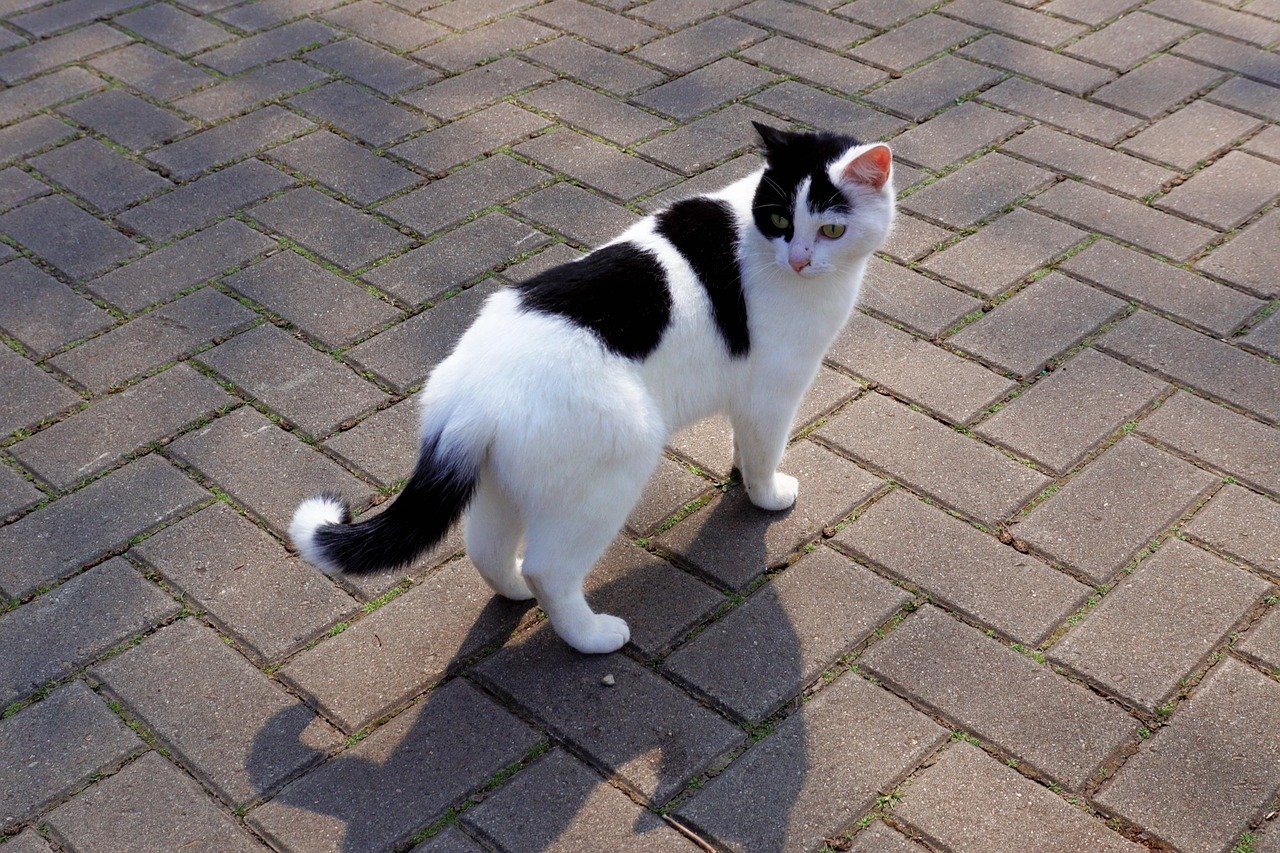
Cats may seem independent, but they can form strong attachments to their humans. When left alone, some cats experience separation anxiety, which can manifest as excessive meowing, destructive behavior, or inappropriate elimination. If you notice these behaviors when you’re about to leave or after you’ve been gone, separation may be an emotional trigger for your cat. Creating a comforting goodbye routine can sometimes ease this anxiety.
Understanding Sensitivity to Loud Noises
Thunder, fireworks, and even the vacuum cleaner can startle cats and spark a fight-or-flight response. Some cats will dash for cover, while others freeze or hiss at the source of the noise. If your cat consistently reacts to certain sounds, you’ve found one of their emotional triggers. Soft background music or providing a quiet hiding spot can help soothe noise-sensitive cats.
Watching for Reactions to Other Animals

Whether it’s a dog barking outside or another cat passing by the window, interactions with other animals can be highly charged. Some cats become territorial or fearful, while others are curious or playful. If your cat hisses or growls when another animal is near, that’s a clear trigger. Conversely, if their ears perk up and tail wiggles, they may be eager to engage. Observing these responses can help you manage multi-pet households.
Recognizing Food-Related Triggers
Mealtime can be a source of joy—or anxiety—for cats. Some cats become agitated or vocal when their food routine changes or if their bowl is empty. Others may guard their food or react with fear if approached while eating. If your cat’s emotions seem tied to food, try to maintain a consistent feeding schedule and avoid sudden changes in diet or feeding location.
Spotting Triggers Associated with Litter Box Issues
Cats are particular about their bathroom habits. A dirty litter box, a new type of litter, or a move to a noisy location can all trigger stress or avoidance. If your cat starts eliminating outside the box, consider whether something in the environment has changed. Understanding these triggers can help you solve litter box problems and reduce stress for your cat.
Observing Reactions to Handling and Touch
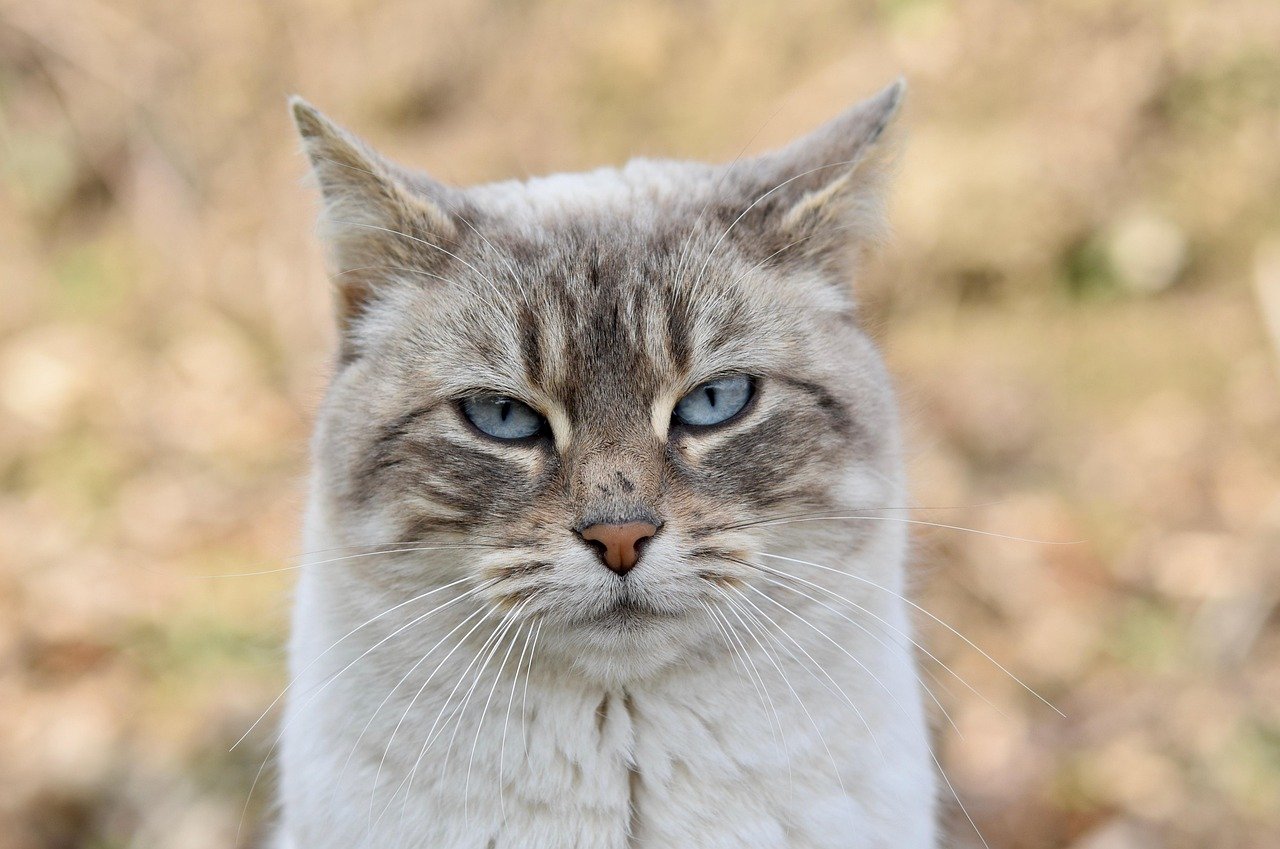
Some cats love to be petted, while others prefer to keep their distance. Watch for signs of discomfort when handling your cat—flattened ears, twitching tail, or attempts to escape. These reactions might be triggered by sensitive spots, past trauma, or simply a dislike of certain types of touch. Respecting your cat’s boundaries helps build trust and prevents negative associations.
Noticing Triggers During Grooming Sessions
Grooming is essential for your cat’s health, but not all cats enjoy being brushed or bathed. If your cat becomes anxious or aggressive during grooming, try to identify what part of the process is upsetting. It could be the brush, the water, or even the smell of the shampoo. Breaking grooming into smaller steps or using treats as rewards can help desensitize your cat to these triggers.
Monitoring Playtime Preferences and Triggers
Play is a natural outlet for a cat’s energy and emotions. Some cats love chasing toys, while others prefer interactive games or solo play. Notice if certain toys or play styles make your cat anxious or overexcited. For example, too much rough play might lead to biting or scratching. Tailoring playtime to your cat’s preferences helps avoid negative triggers and keeps play sessions fun.
Watching How Cats React to Routine Changes
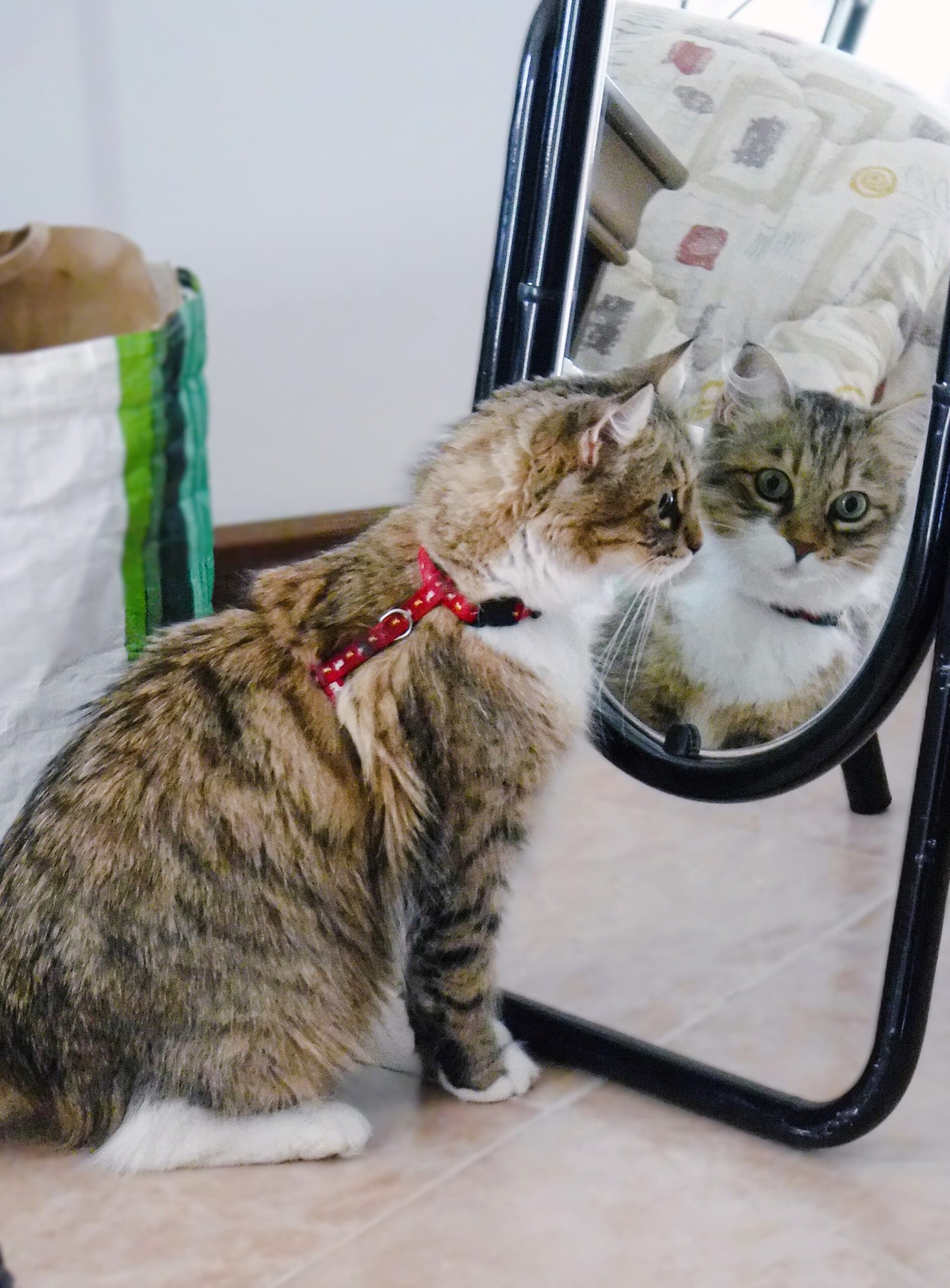
Cats adore routine, and even small changes can throw them off balance. A new work schedule, changes in feeding times, or a rearranged living space can be unsettling. If your cat becomes withdrawn or acts out after a change, it’s likely a trigger. Easing transitions and maintaining consistency where possible can help your cat feel secure.
Recognizing Triggers from Past Trauma or Negative Experiences
Just like people, cats can carry emotional scars from negative experiences. Loud noises, rough handling, or time spent in shelters can create lasting triggers. If your cat reacts fearfully to certain objects or situations, it may be a sign of past trauma. Patience, gentle reassurance, and a calm environment can help your cat gradually overcome these triggers.
Identifying Medical or Physical Discomfort as Triggers
Sometimes, what appears to be an emotional reaction is actually a response to pain or illness. If your cat becomes irritable, withdrawn, or aggressive seemingly out of the blue, a health issue could be the underlying trigger. Regular checkups and close observation are crucial. Never ignore sudden behavior changes—your cat may be trying to tell you they’re not feeling well.
Learning from Social Interactions with Other People
Cats have distinct preferences when it comes to human interaction. Some love children, while others are wary. Pay attention to how your cat reacts to different people. If they hide from guests but seek out certain family members, social dynamics may play a big role in their emotional world. Understanding these preferences allows you to create a more harmonious household.
Using Positive Reinforcement to Address Emotional Triggers
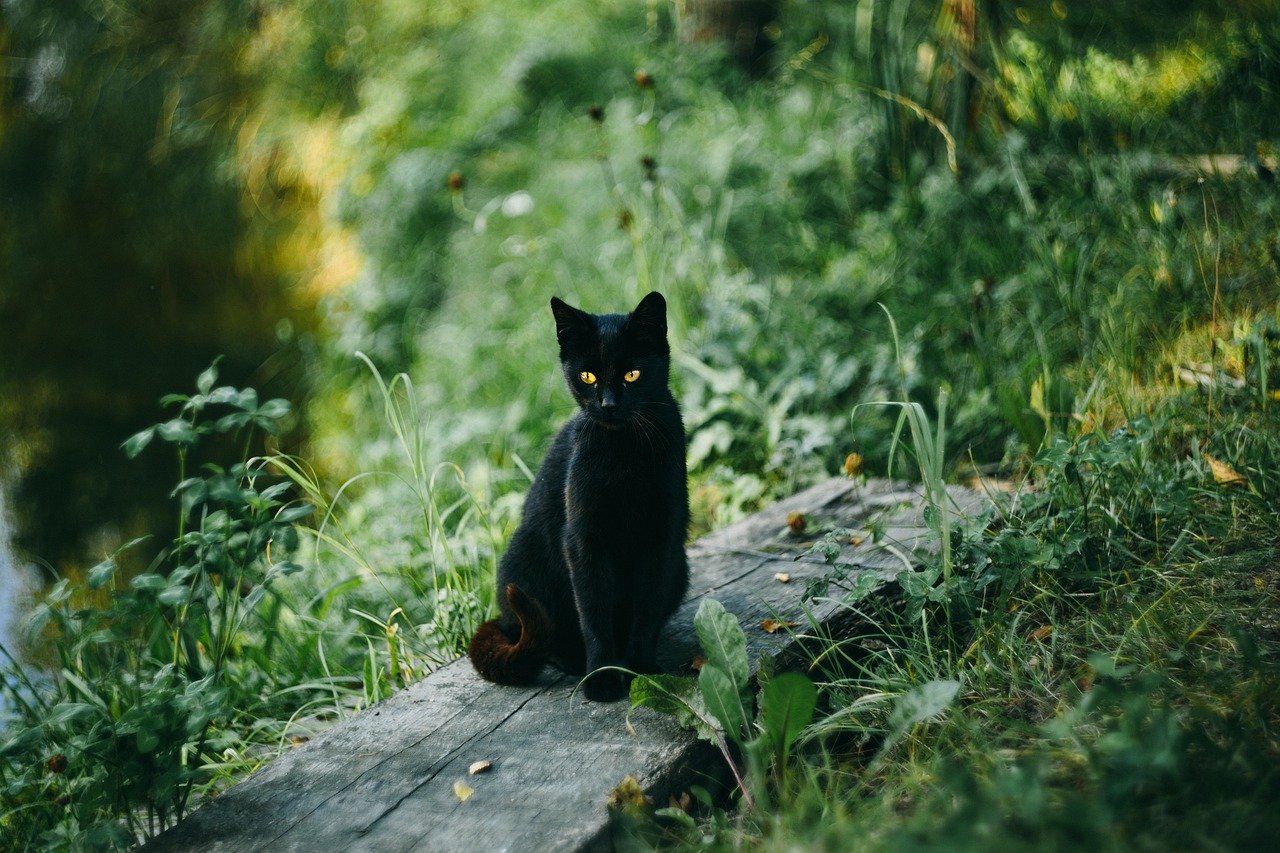
Once you’ve identified your cat’s emotional triggers, you can use positive reinforcement to help them cope. Reward calm behavior with treats, affection, or playtime. Gradually expose your cat to mild versions of their triggers, paired with positive experiences. Over time, this can help your cat form new, happier associations and reduce stress.
Creating a Safe and Predictable Environment
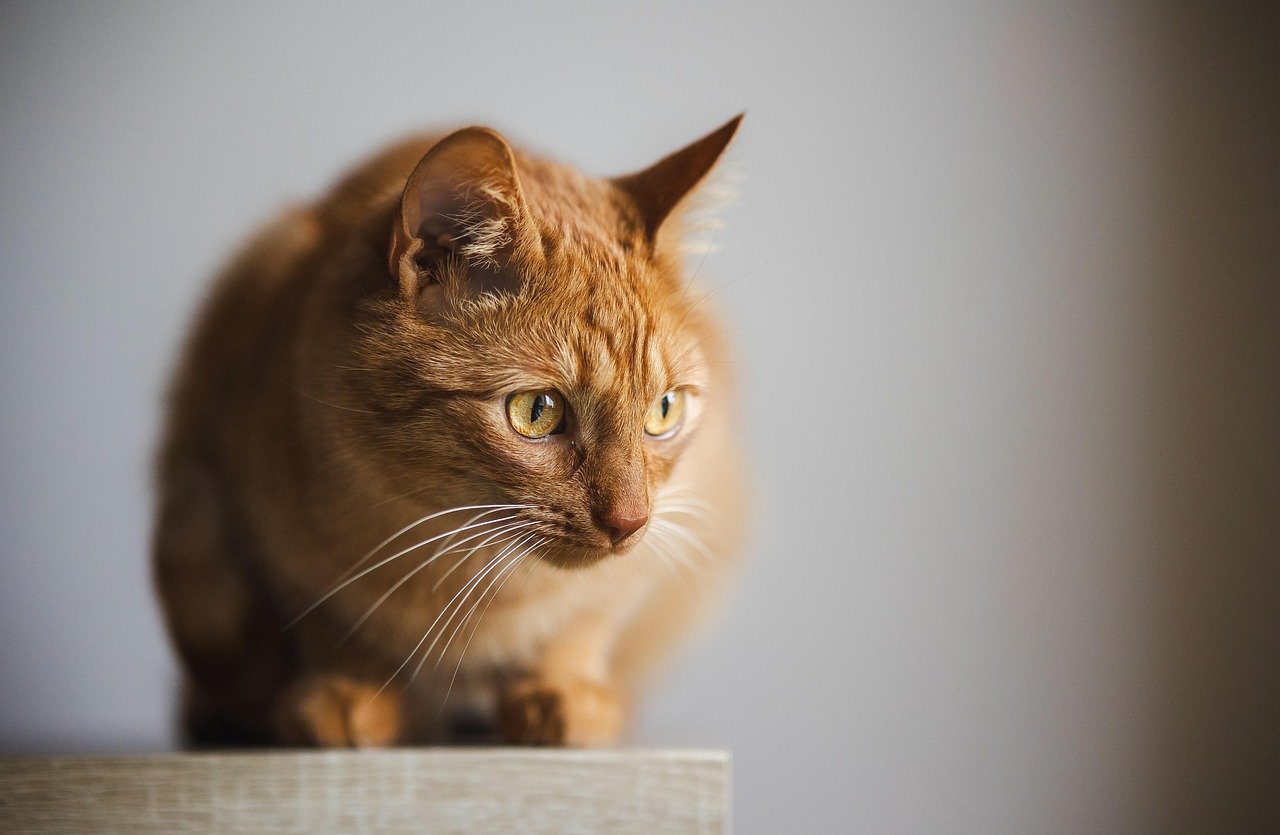
The best way to support your cat’s emotional health is to provide a safe, consistent environment. Offer hiding spots, cozy beds, and vertical spaces where your cat can retreat. Keep routines as predictable as possible and introduce changes slowly. By being attentive to your cat’s needs and triggers, you create a home where they can truly thrive.
Hi, I’m Bola, a passionate writer and creative strategist with a knack for crafting compelling content that educates, inspires, and connects. Over the years, I’ve honed my skills across various writing fields, including content creation, copywriting, online course development, and video scriptwriting.
When I’m not at my desk, you’ll find me exploring new ideas, reading books, or brainstorming creative ways to solve challenges. I believe that words have the power to transform, and I’m here to help you leverage that power for success.
Thanks for stopping by, Keep coming to this website to checkout new articles form me. You’d always love it!





